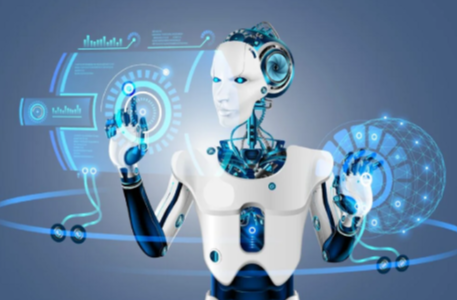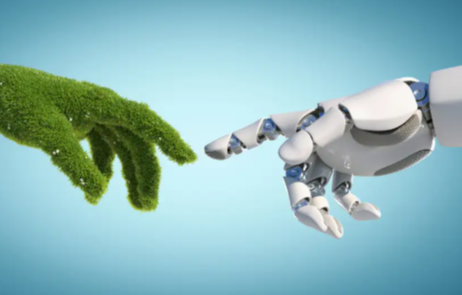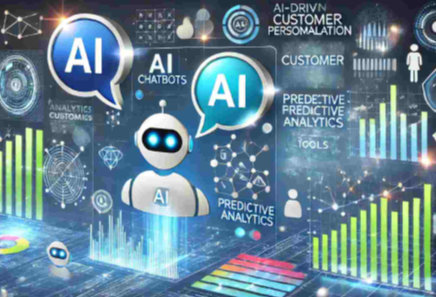The Future of Artificial Intelligence in Creative Industries
The integration of artificial intelligence into creative industries marks a significant shift in artistic practices. AI is reshaping art, music, and literature, introducing new methodologies and forms of expression. This evolution raises important questions about the nature of creativity itself. As creators navigate these advancements, the balance between innovation and ethical considerations becomes paramount. The implications of this partnership between AI and human ingenuity warrant further exploration, especially regarding its long-term impact on artistic integrity.
The Evolution of AI in Art and Design
As the digital landscape continues to evolve, the integration of artificial intelligence in art and design has transformed creative processes and outcomes significantly.
Digital art has flourished through algorithmic design and generative visuals, enabled by machine learning. This fosters artistic collaboration, allowing creators to explore new dimensions.
Ultimately, AI enhances immersive experiences, pushing boundaries and redefining the essence of creativity in contemporary society.
Read more: How Smart Tech Is Changing the Way We Manage Our Finances
AI’s Impact on Music Composition and Production
The integration of artificial intelligence in music composition and production marks a revolutionary shift in how music is created and experienced.
AI generated melodies and algorithmic arrangements are reshaping traditional practices, while machine learning rhythms offer innovative possibilities.
This technology, including advanced AI music generator tools, fosters creative collaboration between artists and AI, enabling diverse musical expressions and expanding the horizons of what is musically achievable in contemporary landscapes.
Transforming Storytelling and Literature With AI
While traditional storytelling often relies on the unique voice and creativity of individual authors, the advent of artificial intelligence is revolutionizing the landscape of literature and narrative construction.
AI narratives enable dynamic plots and innovative story arcs, while automated editing streamlines the creative process.
This technology fosters creative collaboration between humans and machines, enhancing literary expression and expanding the boundaries of imagination in storytelling.
Balancing Innovation and Ethics in AI-Driven Creativity
AI’s integration into storytelling not only enhances narrative possibilities but also raises pressing ethical considerations that must be addressed.
Issues such as creative ownership, algorithmic bias, and copyright challenges pose significant threats to artistic integrity.
Striking a balance between innovation and human intuition necessitates transparency standards and a reevaluation of collaboration dynamics, ensuring that technology complements rather than undermines the essence of creative expression.
Conclusion
As artificial intelligence increasingly intertwines with creative industries, it evokes a duality of excitement and apprehension. The potential for groundbreaking artistic collaboration stands in stark contrast to the ethical dilemmas that accompany such advancements. While AI can enrich human expression, it also raises questions about authenticity and ownership. This juxtaposition of innovation and ethical responsibility will shape the future landscape of creativity, demanding a thoughtful dialogue to ensure that technology enhances rather than undermines the essence of artistic integrity.




